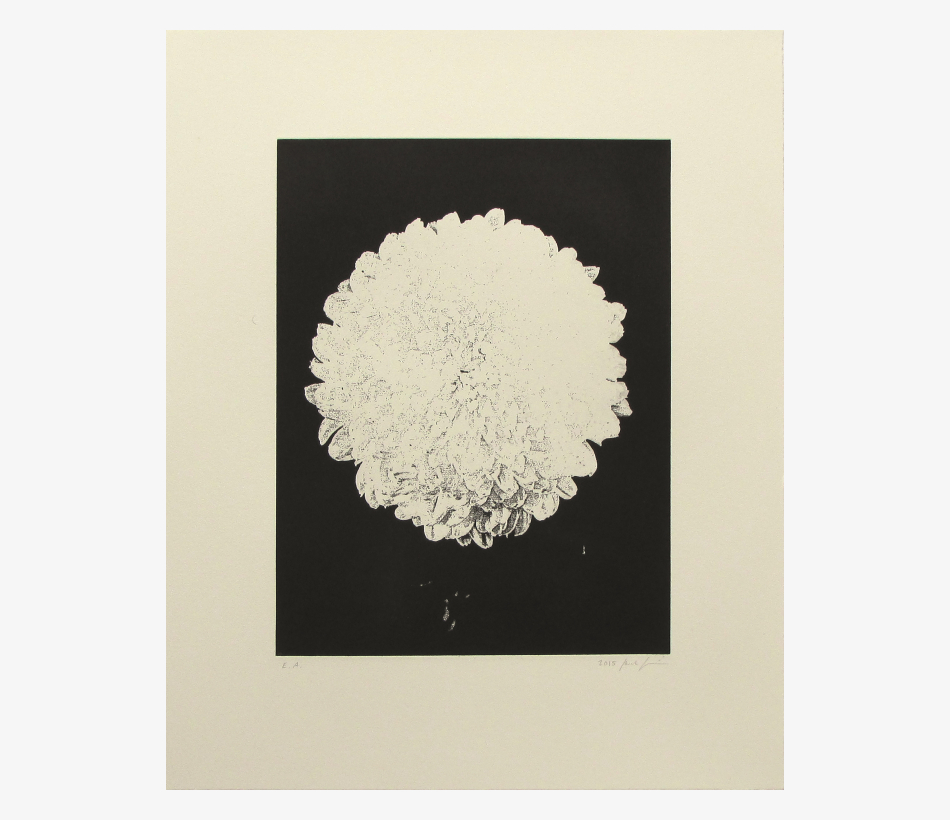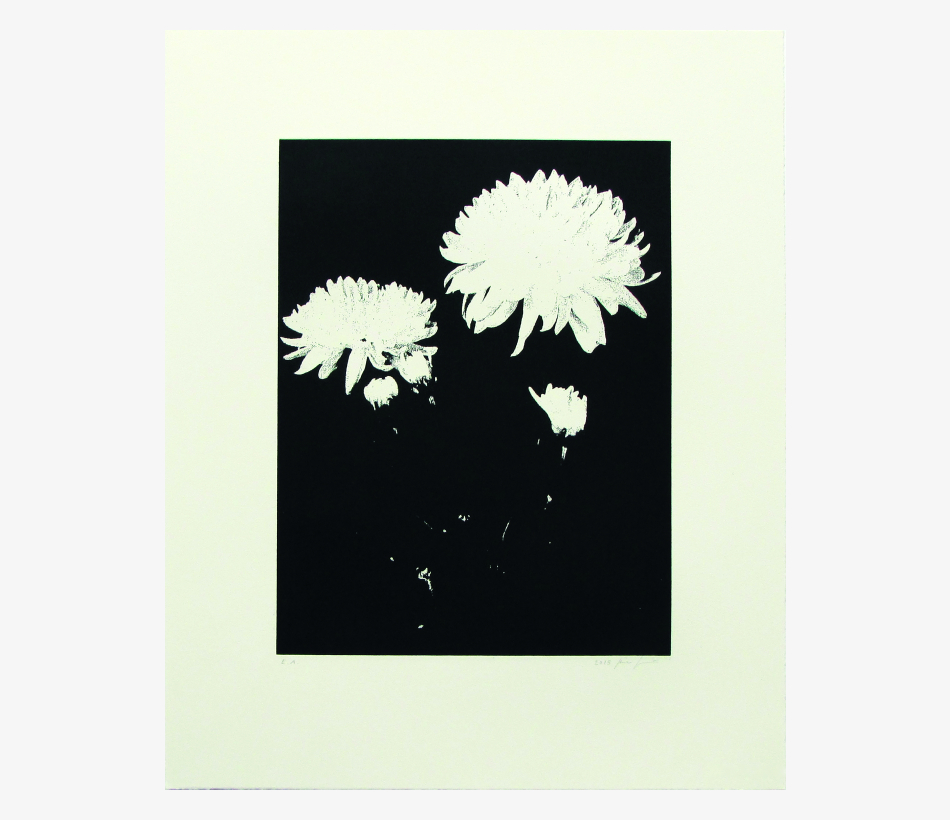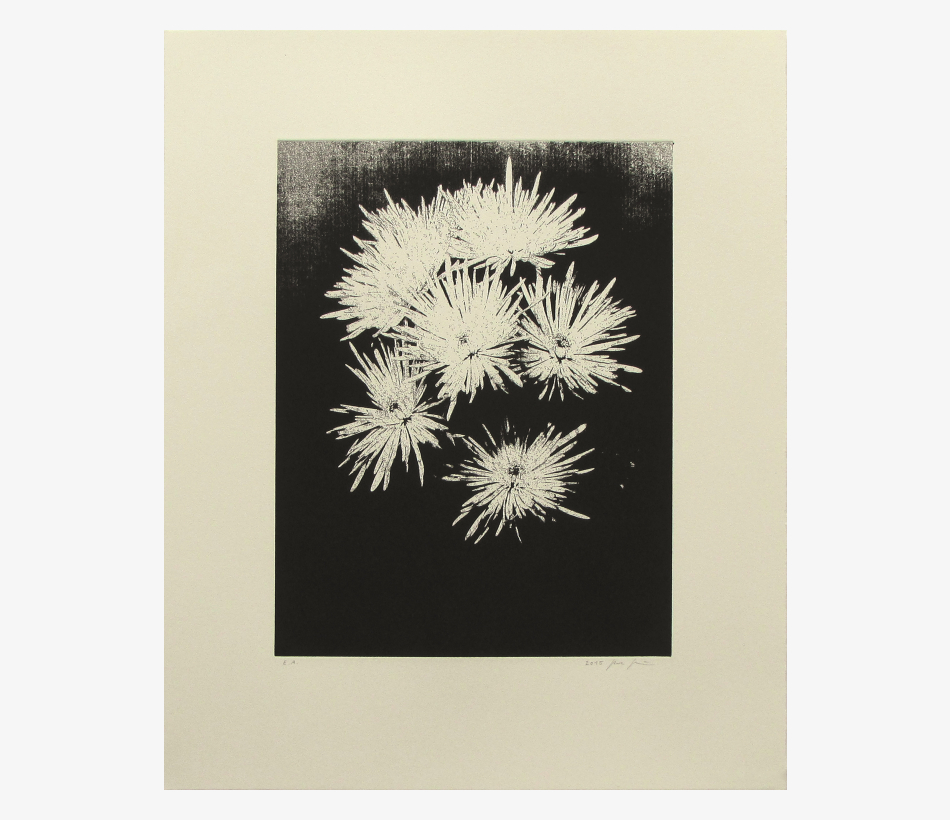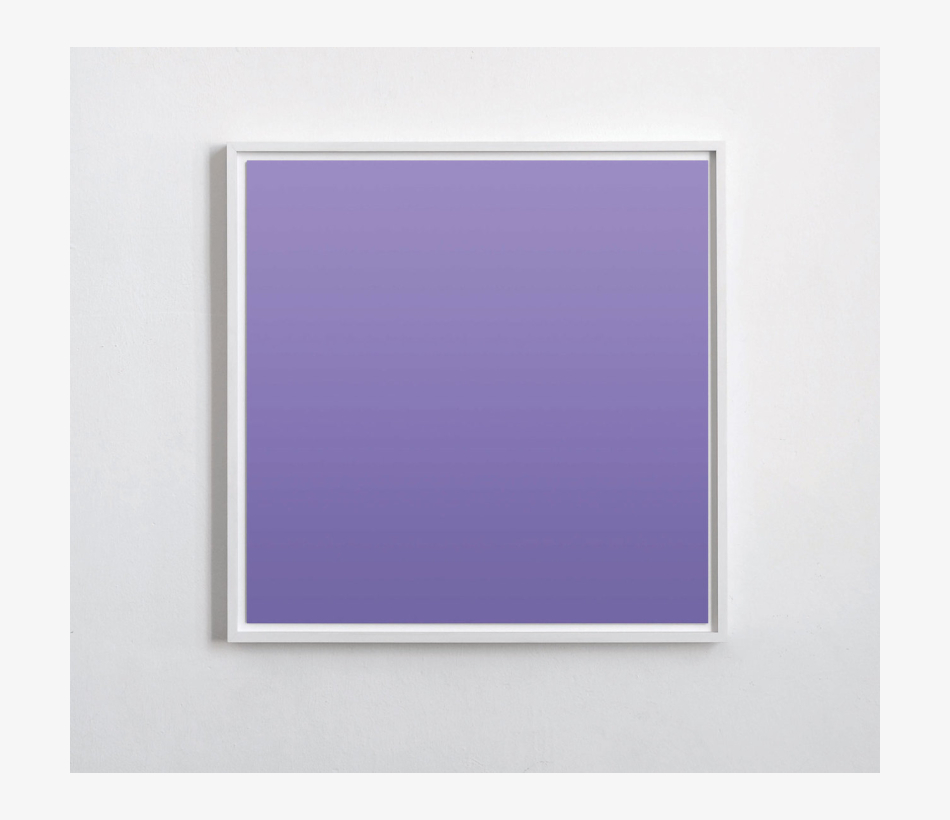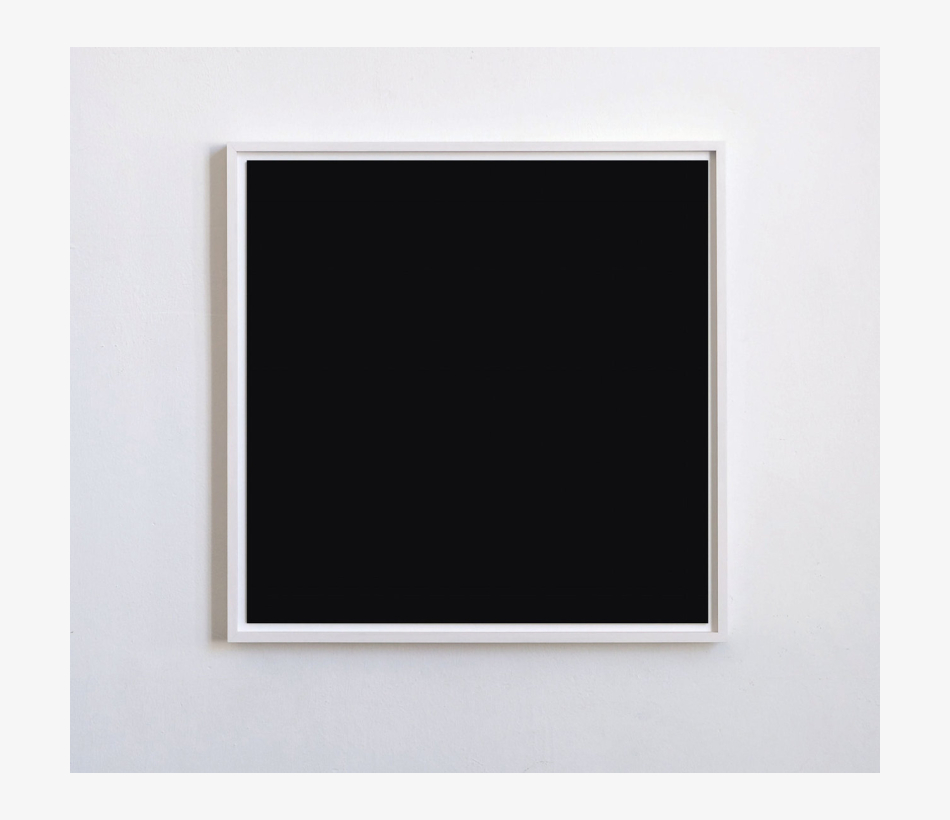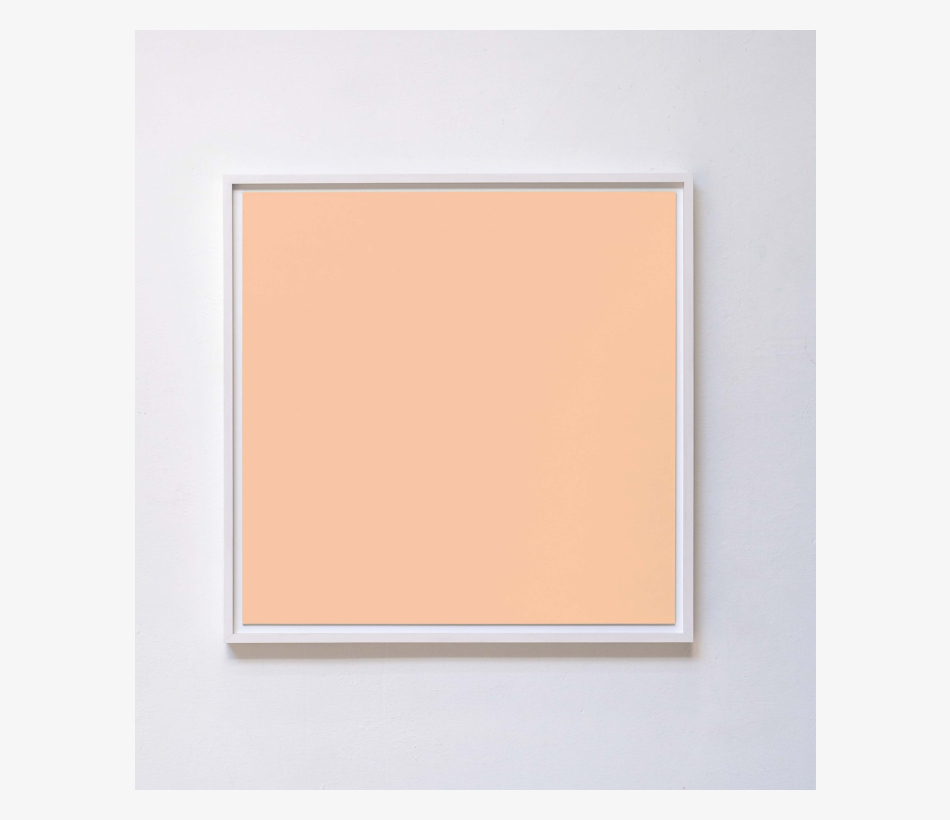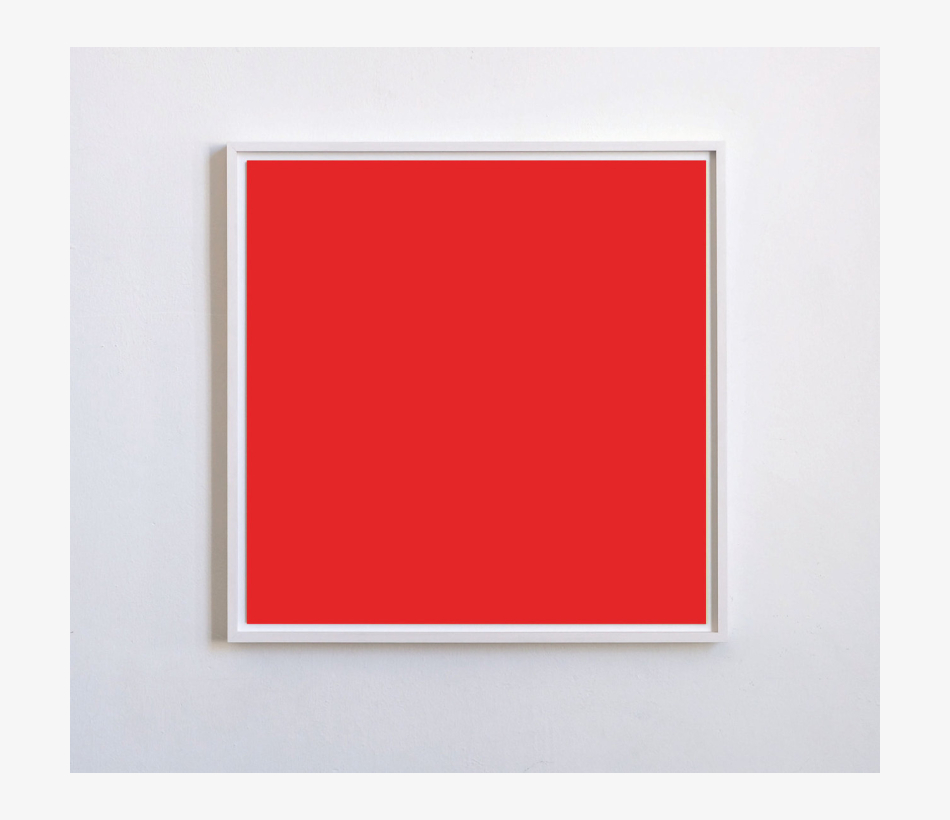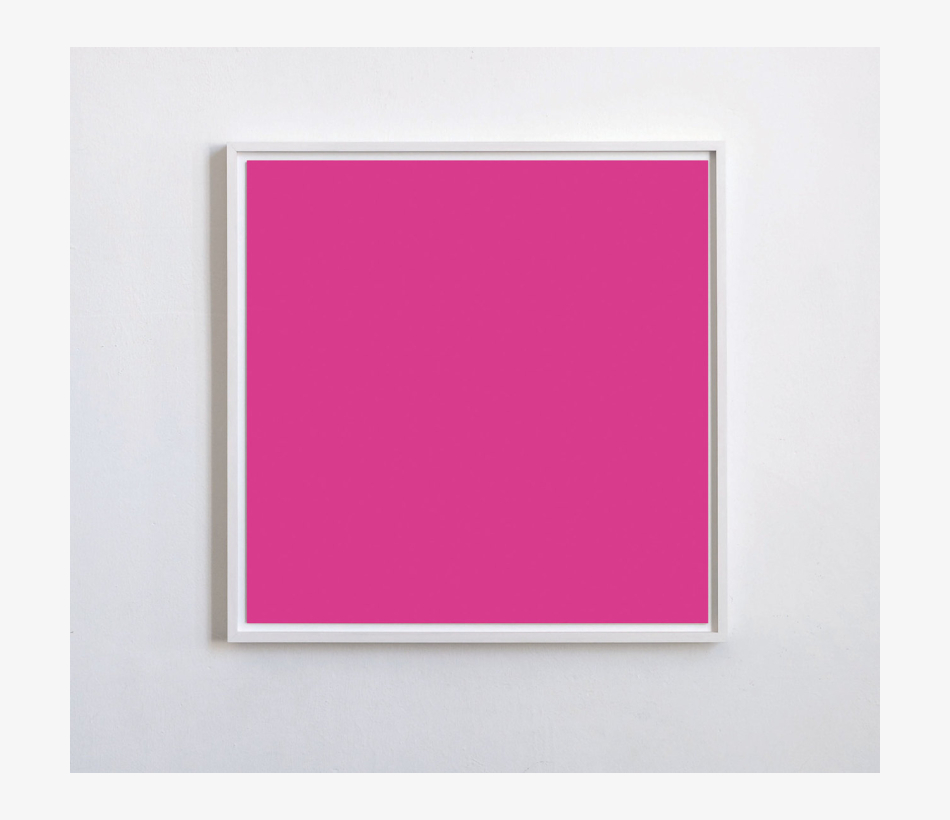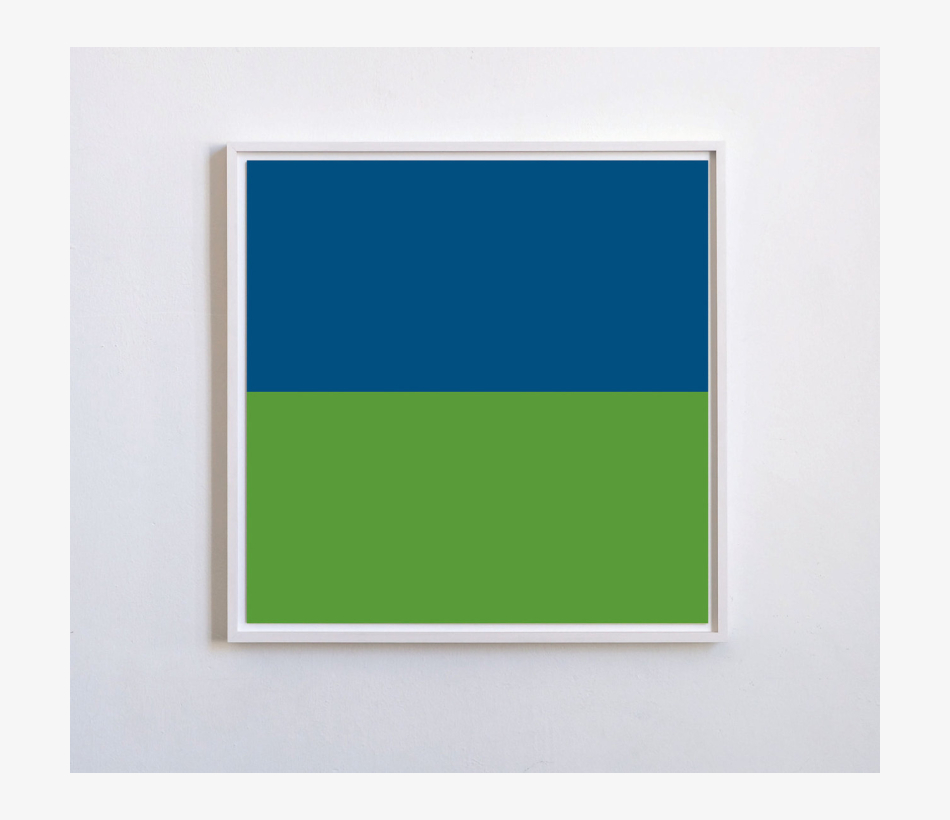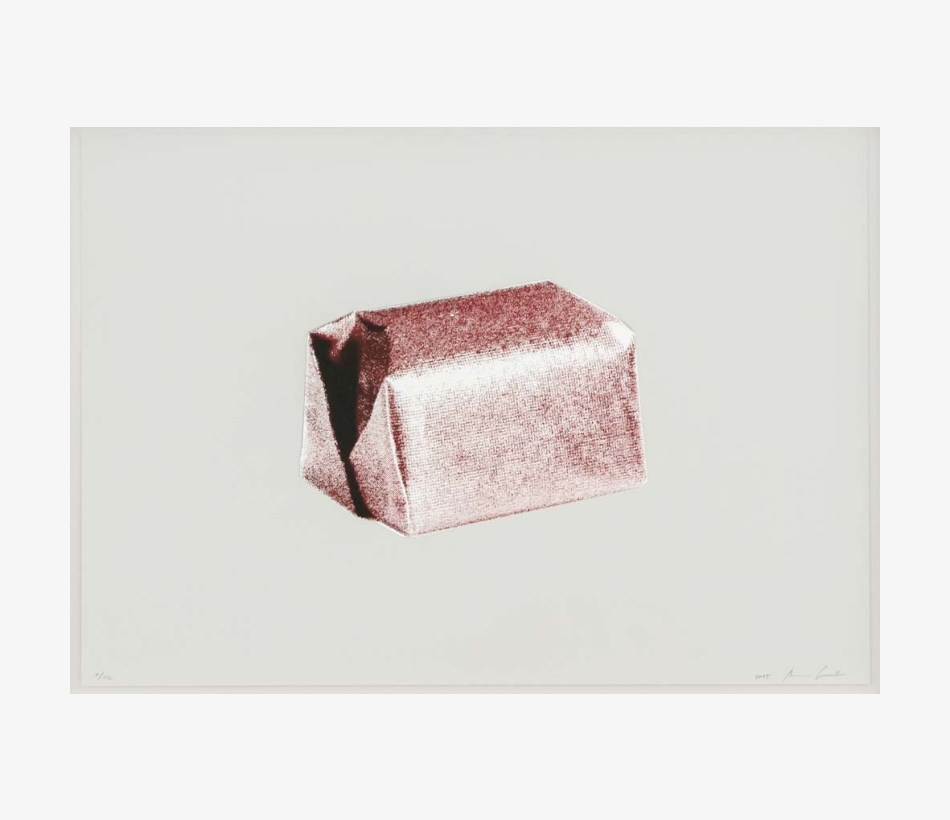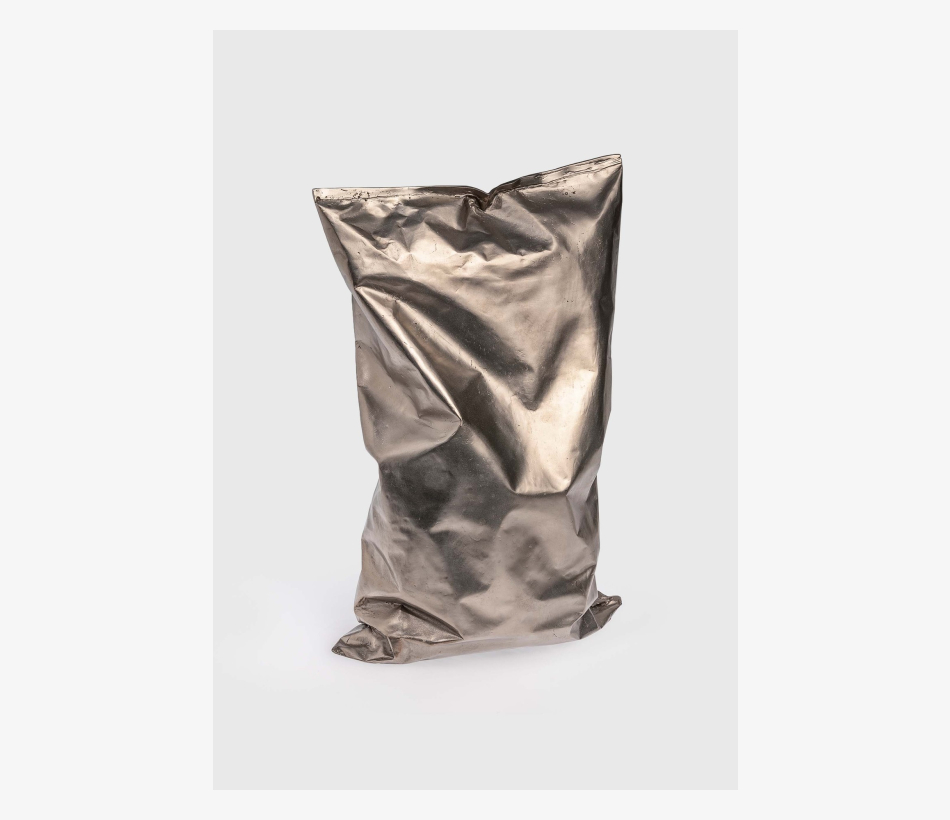Plant Patents (Chrysanthemums)
While researching the area of trademark and patent protection, Rozbeh Asmani made some interesting discoveries: In 1980 a pioneering judgement was announced in the United States, which heralded a revolution in biotechnological patenting. The US Supreme Court decided that “anything under the sun that is made by man” is patentable.
As a result of this judgement, intellectual property rights have gradually expanded in the United States. Since 1985 even plant varieties have been patentable under US law. The only conditions are that they must be new inventions, that they are capable of asexual reproduction and that they have been cultivated in a laboratory. Since then tens of thousands of ornamental plants have been patented, including over 3,000 varieties of chrysanthemums. (…) The business of industrially cultivated ornamental plants is booming, and multinational groups are earning enormous amounts of money from patented plants. In 2015 German consumers spent EUR 8 billion on flowers and ornamental plants.
— Barbara Räderscheidt: Kunst durch die Blume (Art – Saying It with Flowers, 2017), Ausstellungshaus Spoerri

